
Lauren Ulrich

Lauren Ulrich
Odireleng John and Nonofo Sasaya provided translation for this piece.
In the dry fields of Sankoyo, a village of less than 200 people where Land Cruisers speed by on their way to the Okavango Delta’s hippo-dotted lagoons, Thekiso Bayei, a petite mother of five, is in a battle against a 15,000-pound herbivore.
She says she saw it yesterday, waiting just outside her fence.
“We used to harvest crops to feed our children,” Thekiso said, holding a handful of seeds. She’s not planting today, but she still likes to hold them. Now, every harvest season, Thekiso awakens one morning to a broken fence and a field picked clean of crops: “They only leave footprints and dung.”
It’s hard to farm when you live next to the world’s largest population of African elephants. Sankoyo is one of a few dozen villages in Botswana stuck between over 130,000 elephants and the Kalahari Desert. The Delta’s rising elephant population — often celebrated as a conservation success — has taken a devastating toll on the Indigenous villagers who have farmed its riverbanks since the 18th century.
As the world debates what to do with Botswana’s elephants, some farmers in Sankoyo have made up their minds.
“I want elephants to be killed,” Thekiso said.
“Long ago, we used to harvest so much food we even left some crops in the field,” Qumokaake, an 81-year-old grandmother, said. “Today, we die of hunger because you have to buy food to survive.”
Like most farmers in northwest Botswana, Qumokaake said it’s been years since elephants left her crops alone. The southern African nation’s elephant population spiked from about 80,000 in 1996 to over 130,000 by 2023. That’s over one third of Africa’s elephants, mostly concentrated in a region smaller than Ireland where no fences separate wildlife from villages.
“We don’t stop plowing, even if we know the elephants will come,” Qumokaake said, pulling weeds from her maize. “Farming is our life.”
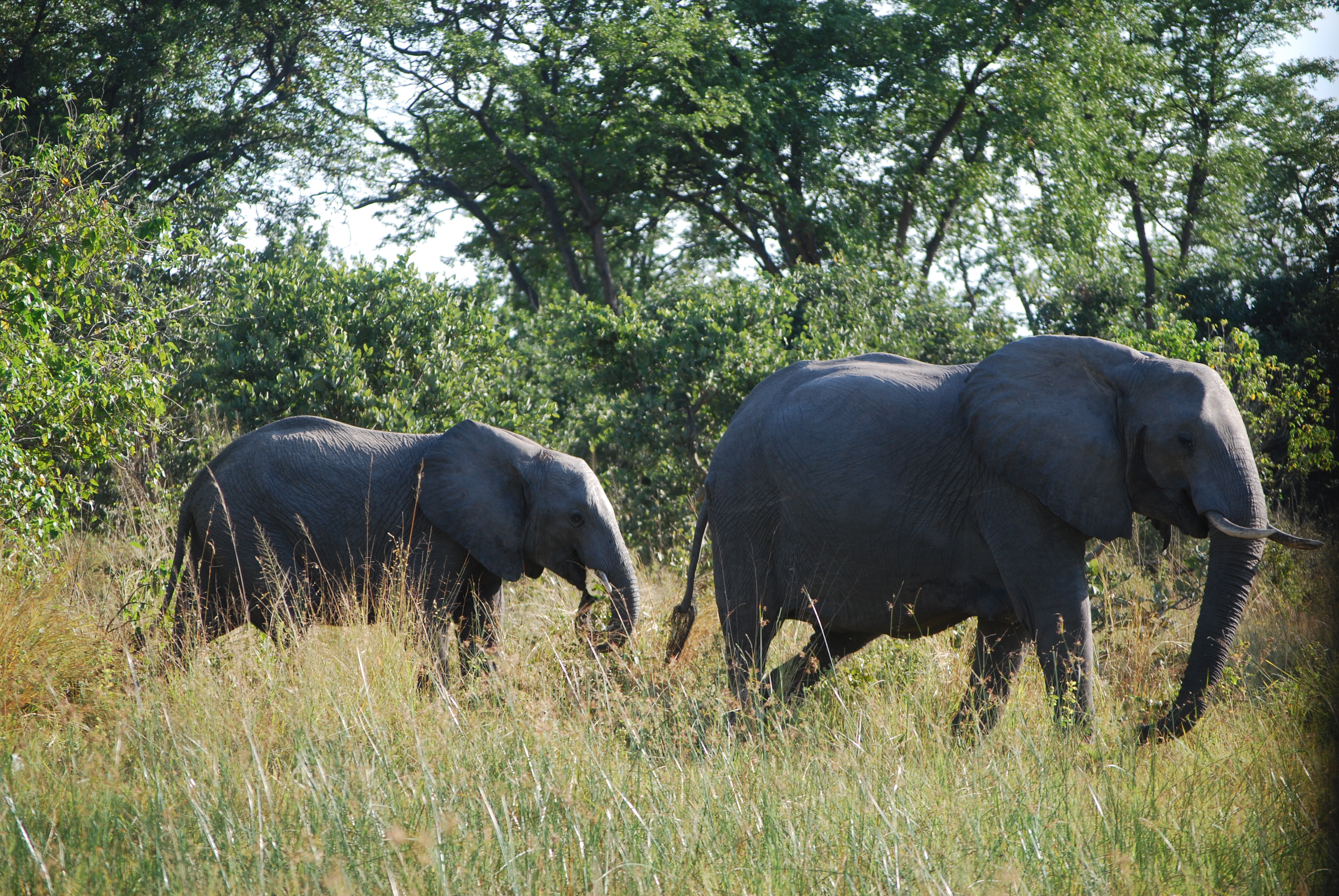
A few hundred yards from Qumokaake’s garden, a safari truck kicks up dust.
Inside the open-air truck, safari-goers and their African guide risk the bumpy dirt road that skirts Sankoyo. Most foreign tourists to the Okavango fly over the village on chartered flights that land at luxury safari lodges. They likely never know Sankoyo exists, let alone that the village just seven miles from Moremi Game Reserve is among the poorest in a nation with one of the world’s highest rates of wealth inequality.
Botswana, known as a sanctuary for southern Africa’s wildlife, has done so well conserving its elephants with strict anti-poaching policies that some scientists say the population is now overpopulated. Researchers largely attribute this rise to thousands of elephants migrating into Botswana to escape poaching and conflict in surrounding nations.
The notion of too many majestic elephants may be lost on Westerners, but it’s not a hard concept to grasp for locals who live in daily fear of attacks by hungry giants.
“They killed two people,” Kobamelo Simalumba, a 78-year-old farmer in Sankoyo, said. “One called Sangwana Shalenshando and one called Fwafwa.”
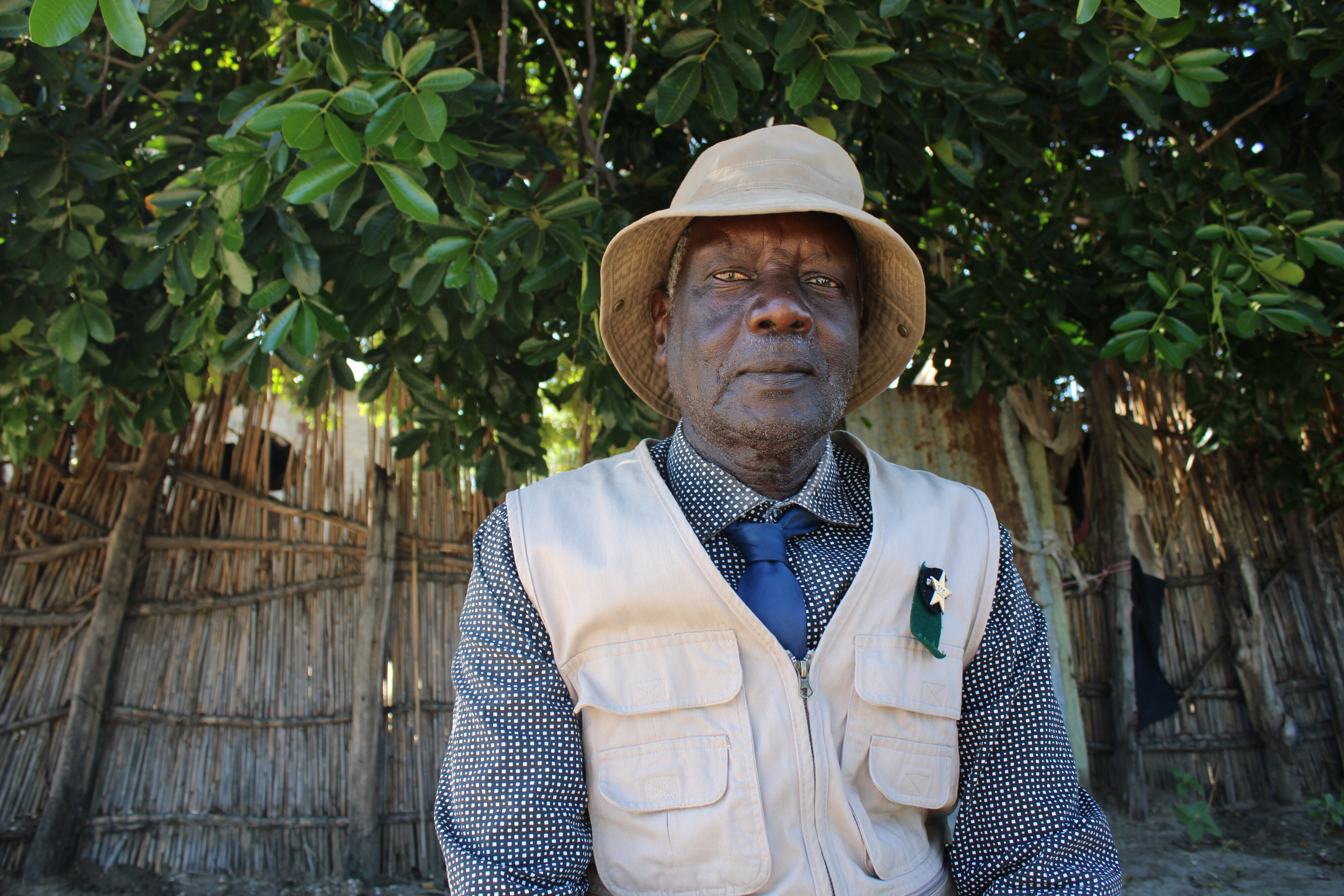
Since 2018, injuries and deaths from wildlife have increased by about 80% in the Okavango Delta. Botswana reported 60 people killed by wildlife, mostly elephants, between 2018 and 2023.
In the forests around Sankoyo, trees are stripped of leaves and stunted at elephant-trunk height. While the African elephant is still very much endangered on the continent as a whole, it’s more complicated in Botswana specifically.
“We have so many elephants,” said Monty Montshiwa, an ecologist who leads human-wildlife conflict mitigation programs at WildEntrust, a Botswana non-governmental organization (NGO). “The population is so high, and it ravages the whole ecosystem.”
As the mammals step on trees, lift thatched roofs off houses, and rip up water pipes, locals are desperate for solutions.
“Where is the balance?” Montshiwa asks. “What is it that can be done for co-existence?”
Timex Moalassi, chief of Sankoyo, thinks trophy hunting is part of the solution.
“We don’t say, ‘Let’s just kill elephants for the sake of killing,’” said Moalassi, who traveled to London last spring to argue against a proposed trophy hunting ban. “We say, ‘Let’s hunt a certain number of elephants per year for a fee so that we can manage the environment and make developments in our settlement.’”

The village’s community trust recently approved the auction of 83 wild animals — including 15 elephants — to a trophy hunting operator for an estimated $326,618. The sale will add nearly double the income the village gets from leasing land to safari lodges to its annual budget.
Sankoyo is one of many villages electing to bring back trophy hunters after Botswana lifted its hunting ban in 2019. The return of trophy hunters sparked backlash from Western animal rights groups. Locals see it as a lifeline, however.
“People outside our country don’t want us to kill our animals because they are rich,” Galefete Kettwaeletswe, Sankoyo’s deputy chief, said. “Us here, we are poor.”
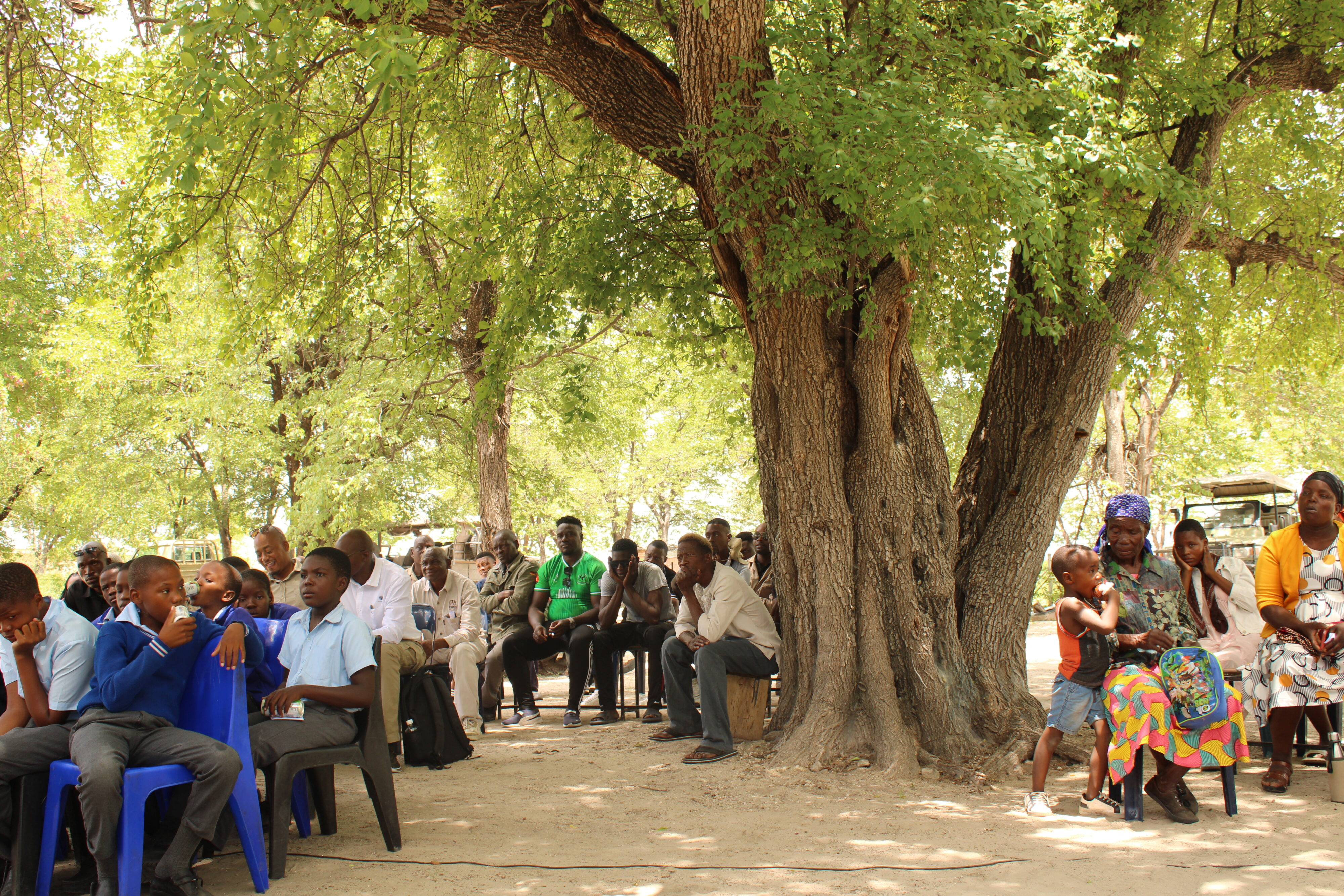
Botswana issued a quota of 400 elephant hunting licenses in 2025. Every year, Sankoyo’s trust will now receive a certain portion of those licenses to sell. Residents hope trophy hunters will solve their elephant problem and “push the animals far away from us,” as Lesego Ntaashuma said, but it’s not that simple.
According to Joseph Mbaiwa, a scientist at the Okavango Research Institute, killing 400 elephants — about 0.003% of Botswana’s total population — will have minimal impact.
“Have you ever seen somebody hitting a wall? It will remain as it is,” Mbaiwa said. “It doesn’t do a dent to the elephant population. It will keep on going up.”
If people want to keep farming alongside the elephants, they’ll need more than cash. Mbaiwa said communities also need mitigation strategies like electric fences and lights over their fields.
But these ideas rarely get implemented. Dikatholo Kedikilwe said his neighbors are more familiar with the idea of shooting pesky elephants. He’s trying to show them a different way.
Dikatholo is mixing chili peppers with elephant dung and letting the mixture burn in his fields. Elephants dislike the spicy smoke and stay away. Dikatholo said he hopes a donor will fund his chili pepper project so he can grow enough peppers for all of Sankoyo.
“It’s really promising, but the main challenge is funds,” Dikatholo said. “We need water for the chili peppers. It’s a struggle.”
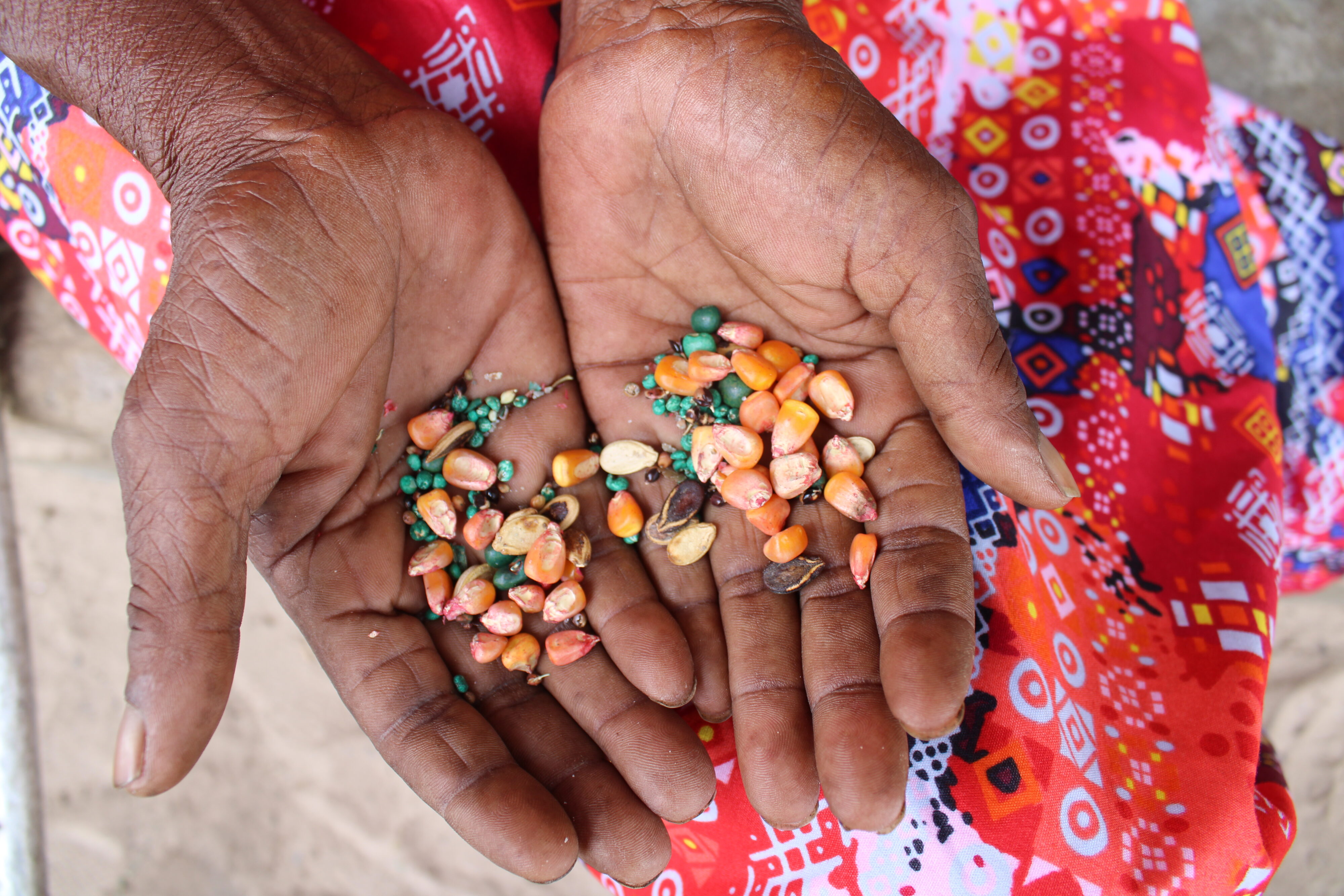
Under the shade of a giant raintree near the middle of the village, Dikatholo and his neighbors gather for a budget meeting. They have to decide how to spend the estimated $326,618 of hunting revenue. Still no funding for his peppers, but the village does settle on items like school scholarships, village electrification, and payments to the elderly.
As the sun sets over the raintree, the village votes to accept the budget funded by the sale of 15 elephants. People are quick to get home.
The lions come out after dark.
Thekiso’s knee aches as she pulls tufts of fingergrass from the side of the road. Like many elderly women in Sankoyo, she spends her mornings pulling weeds for ipelegeng, Botswana’s unemployment program, for 620 pula or $44 a month.
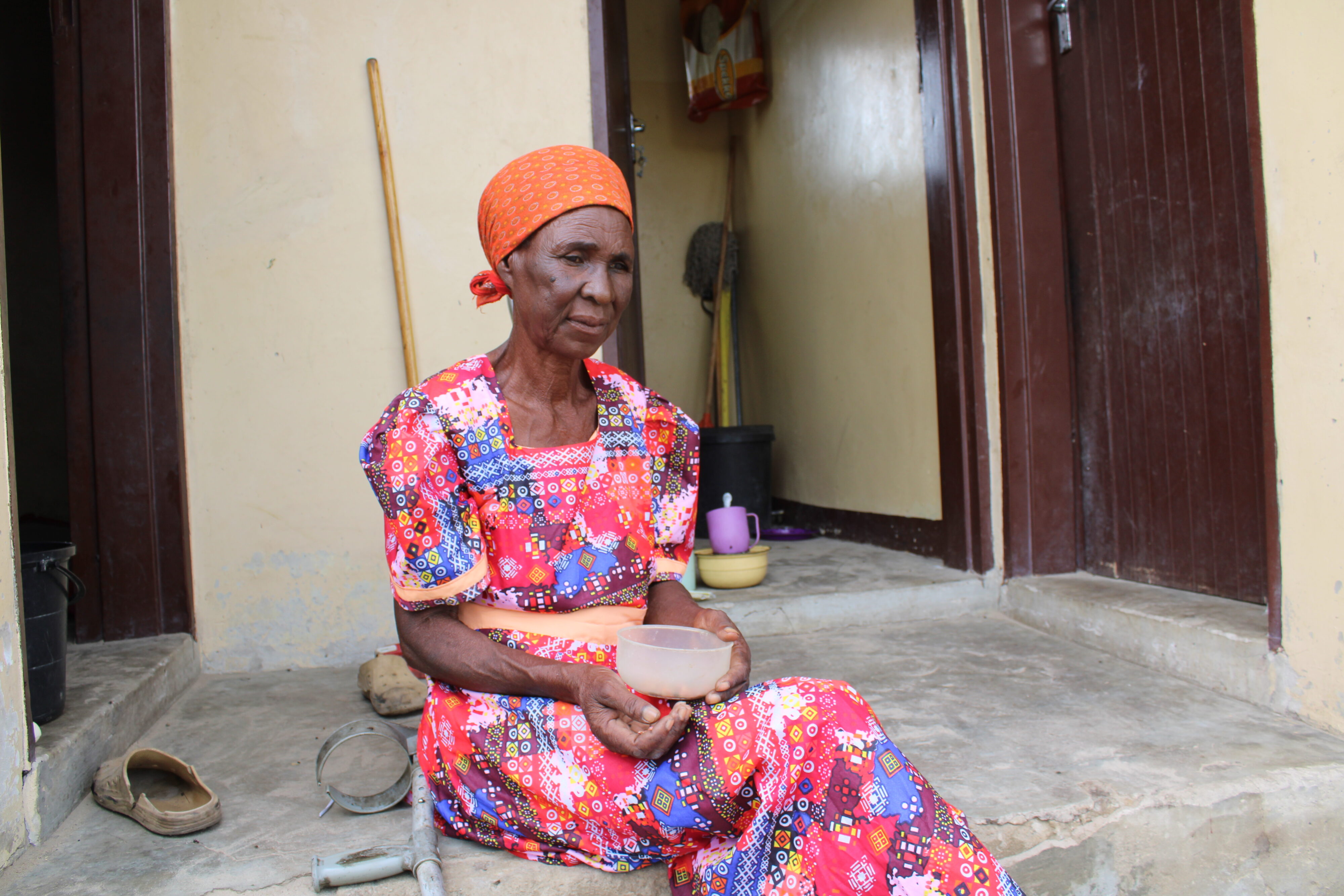
Most of her children and grandchildren left Sankoyo years ago. There are few jobs in the village besides pulling weeds for the government. Most young people gave up on farming after a childhood of elephant-raids, but the women in patterned dresses still go out into their fields, every day after ipelegeng, to tend to their crops. The rains have been good this year, and their crops are growing well.
When Thekiso gets home from ipelegeng, she sets down her cane and watches her garden. Her beloved maize, watermelon, and pumpkins are safe, for now.
“Maybe I have a chance to harvest,” Thekiso said. “Maybe the elephants won’t come.” Out in the mopane forest, an elephant trumpets.